In the blink of an eye, the iPhone 16 has been out for two months.
Initially, it seemed that Apple Intelligence would be the highlight of this iPhone generation. However, the delayed AI features and various unconventional workarounds have already dampened enthusiasm.
It turns out the real star of the iPhone 16 is the camera control button.
Don’t get me wrong; it’s not about how useful it is. Rather, the fuss over protecting this little feature has caused quite a stir.
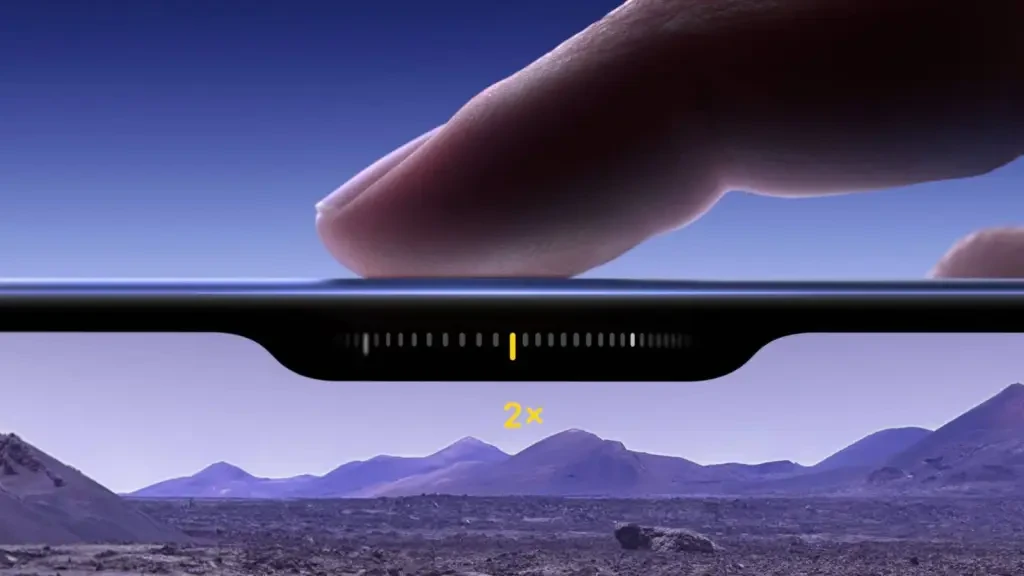
A Button with Complex Integration
Just like how you might put a cover on your TV remote, many people’s first task with a new phone is to get a case and screen protector.
But on the iPhone 16, this button has created quite a challenge for phone case manufacturers.
Let’s revisit what the camera control button is: it consists of a sapphire glass piece, a pressure sensor, and a mechanical structure, supporting swipe, press, and tap operations.
We can divide the button’s interaction scheme into two structures: one uses a mechanical structure for press activation, and the other uses capacitive sensing and pressure sensors for touch and press activation.
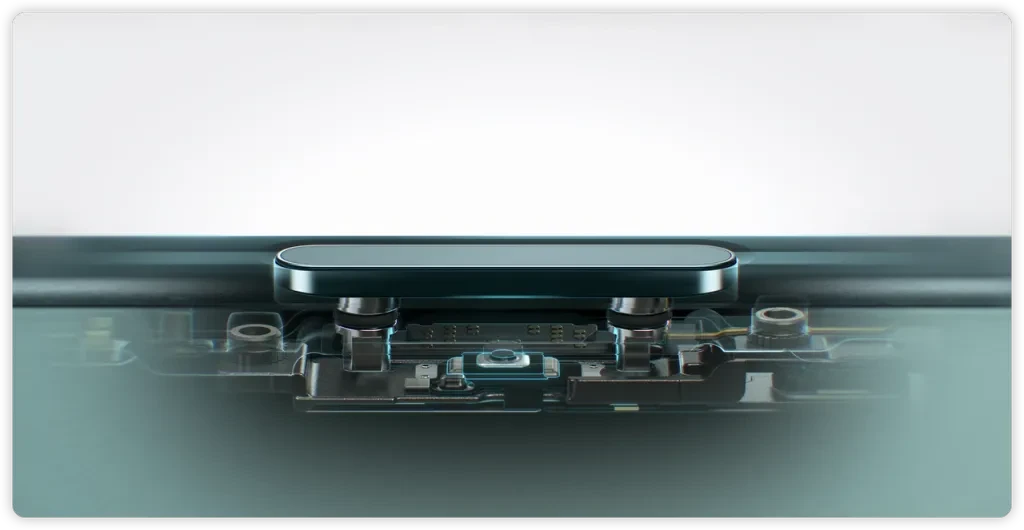
The mechanical structure is straightforward. From power buttons to volume buttons, this basic interaction method is well-established, with solutions like open designs, silicone covers, or metal-silicone combinations to create a metallic feel.
But capacitive and pressure sensing are clearly new challenges.
Capacitive touch works by detecting touch location through the conductivity of the human body. It has a transparent conductive layer (usually indium tin oxide) on the surface, forming a stable electric field.
When you touch the surface with your finger, your body absorbs some current, changing the capacitance value at that point. Sensors inside the screen quickly detect this change and send it to the processing chip to calculate the precise touch coordinates.
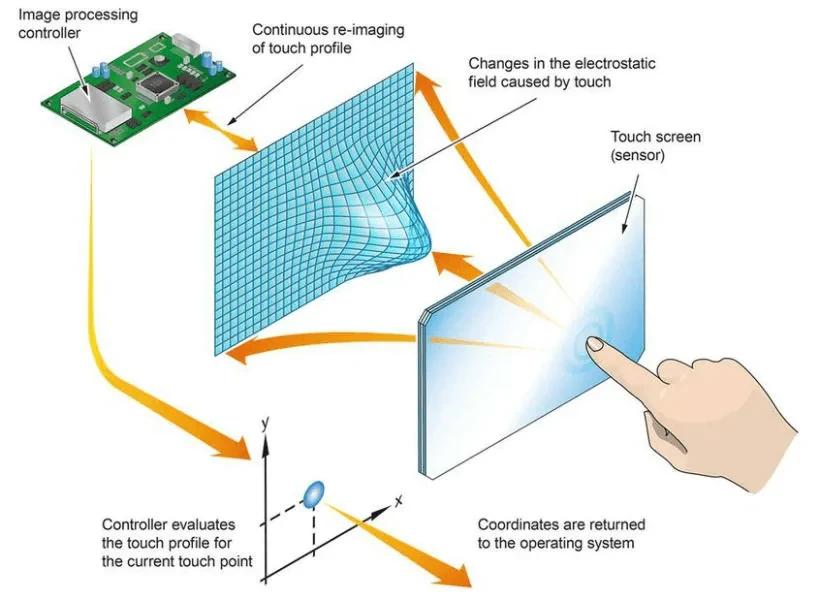
This means that to use the button effectively through a phone case, it’s not enough to meet traditional mechanical requirements; a medium that can conduct the bioelectric signals from your fingers is also needed.
Where there’s demand, there’s a market. However, this time, manufacturers are scrambling to meet it.
Endless Demand, Imperfect Solutions
When the iPhone 16 was first released, everyone wanted a phone case with a camera control button, as the official case also featured one. Following the original design seemed like a safe bet.
Let’s see how the original is made: like the iPhone 16’s camera control button, the official MagSafe silicone case has a sapphire glass piece and a conductive layer to transmit finger movements to the phone’s camera control button.
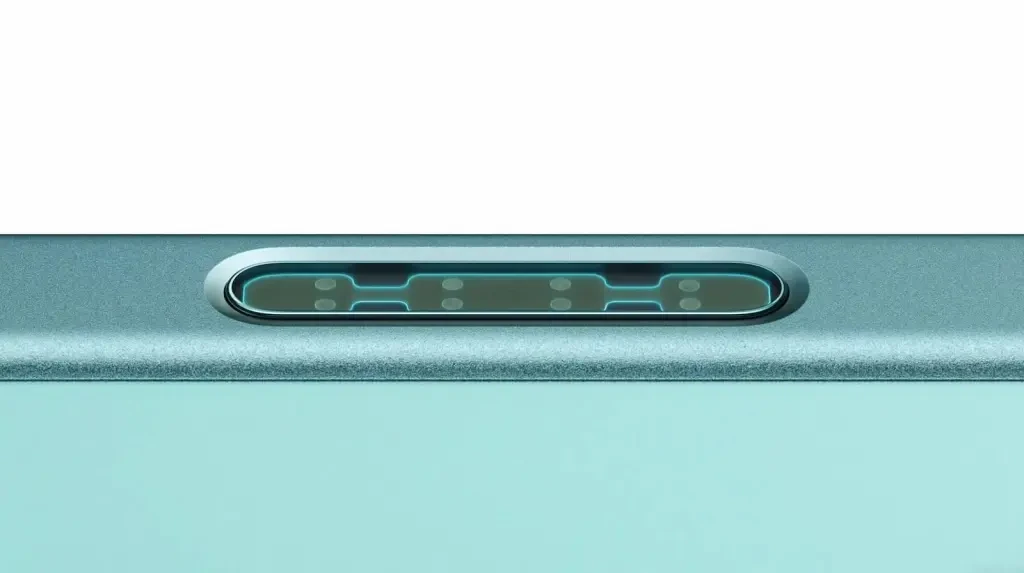
Sapphire glass is chosen because it reaches a hardness of about 2000HV—twice that of mineral glass, ten times that of stainless steel. Only a few materials, like real diamonds with 4500 to 10000HV, can scratch sapphire glass of this hardness.
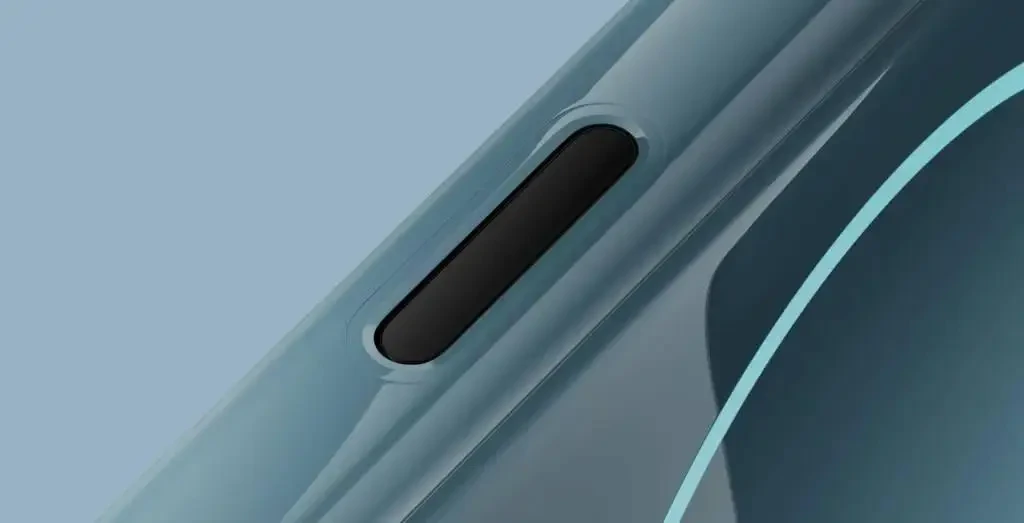
Sapphire glass is extremely hard, but it also comes with a high cost. Although Apple hasn’t disclosed the cost of the sapphire glass used for the camera control button, we can refer to another device that uses sapphire glass—the Apple Watch.

Renowned market research firm IHS Markit conducted a teardown analysis of the Apple Watch and produced a report on the cost of the sapphire glass screen:
“The total cost of the sapphire glass screen used in the Apple Watch is approximately $27.41, with $7.86 attributed to material costs, and the rest covering R&D, labor, and manufacturing expenses.”
Considering the material costs and processing techniques, the sapphire cost for the camera control button on the iPhone 16 series is reasonably estimated to be between $8 and $15.
This cost is very high for third-party manufacturers, posing a risk. Users prefer affordable and high-quality products, so to maintain low prices and high sales, other materials need to be used to cover this button.
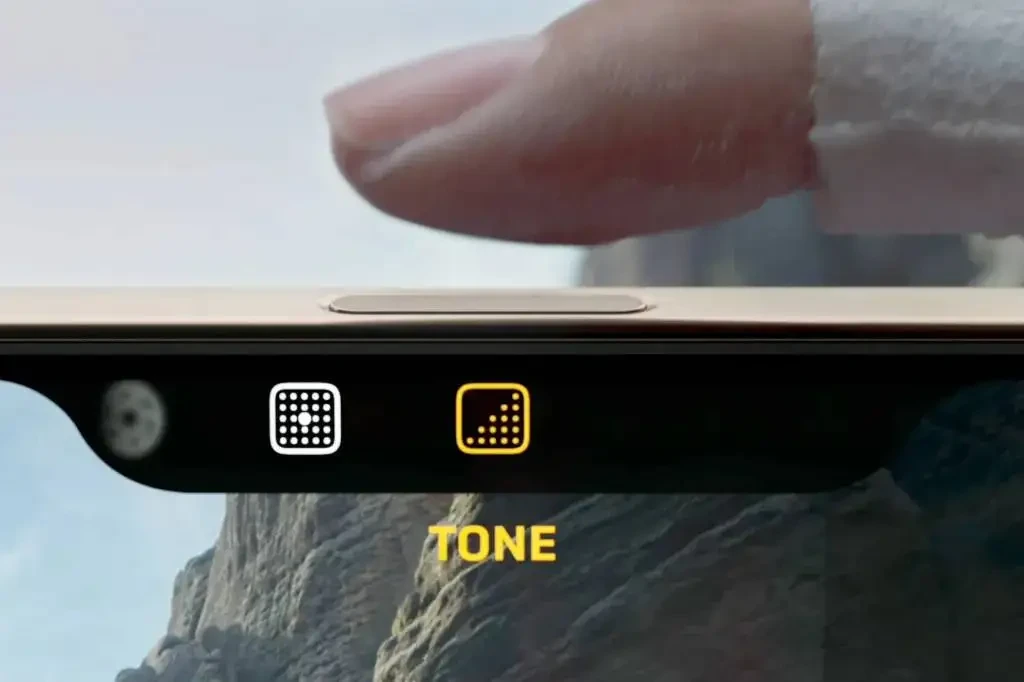
This method is ineffective, as most materials have limited conductivity, making button operation through a layer of material unsmooth. People want a phone case that protects the button without affecting its operation.
Thus, throughout October 2024, market demand began to diverge.
Some people, after finding phone cases with camera buttons inconvenient, simply decided to do without the button—after all, it’s not useful, and AI isn’t widespread yet, so why bother? Better to cover it up.
As a result, some vendors released phone cases similar to the iPhone 15 series, completely ignoring the camera control button.
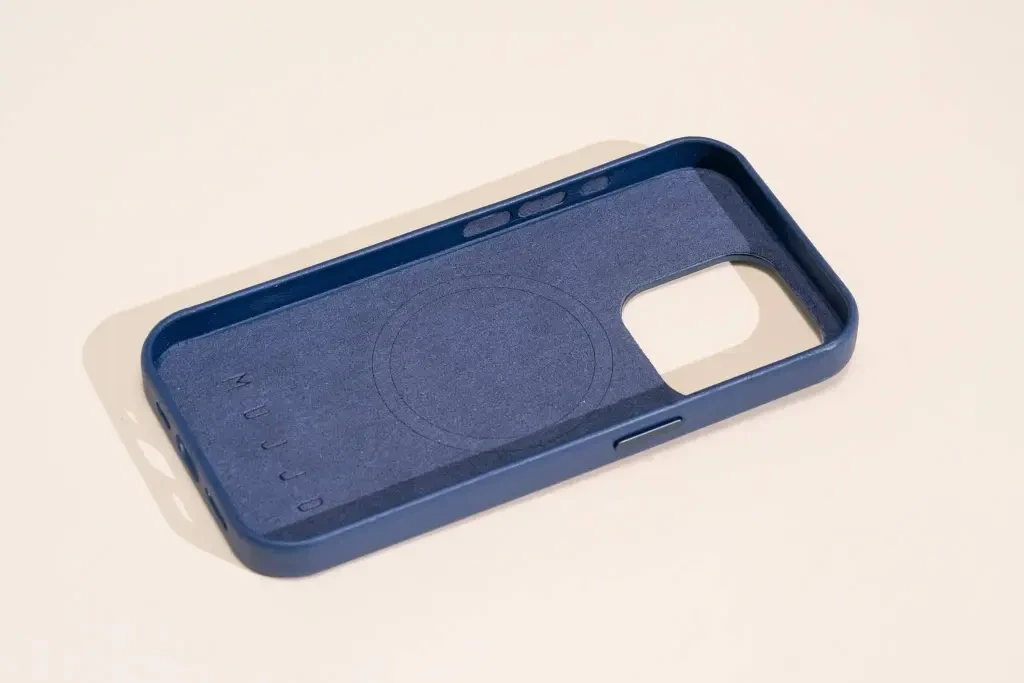
Meanwhile, others were unwilling to give up, for a simple reason—they paid for the button, and whether they use it or not, it should be there.
Persistence sometimes leads to new discoveries.
Manufacturers continued to produce phone cases with an extra camera control button (later called capacitive phone cases). Most of these cases followed Apple’s official phone case design—using glass material as the surface to ensure smooth finger operation, and designing a conductive layer to transmit electrical signal changes to the phone’s camera control button for precise operation.

However, the results were not promising. Due to cost control, third-party capacitive phone cases also encountered various issues, such as glass material detachment and button detachment.
But these were minor issues compared to the appearance of a protective sticker that completely sidelined these cases: if dust accumulates inside the phone case over time, it can leave marks on the iPhone’s body buttons.
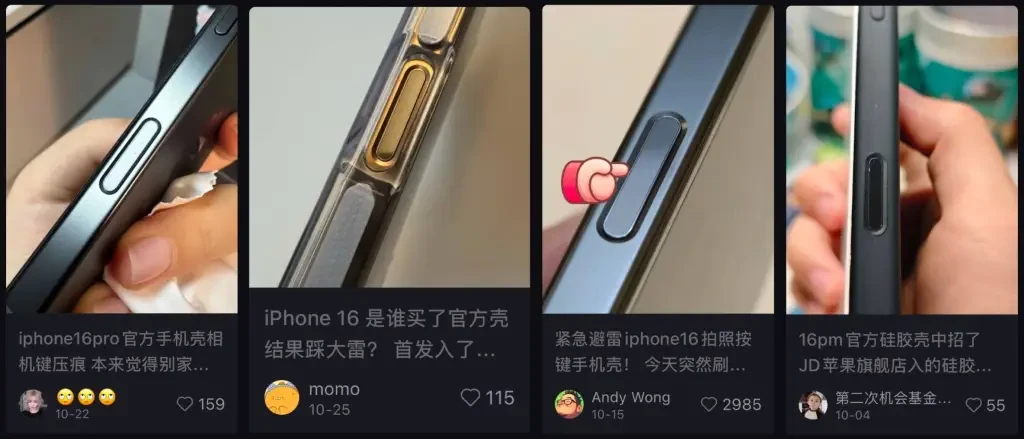
Leaving marks even with a phone case? That’s simply unacceptable, and the market’s demand shifted again:
“No phone cases with buttons!”
This really troubled the vendors, who quickly brought out the pre-designed open-hole cases from their inventory to sell. At this moment, another new item has caught everyone’s attention: button protectors.
That’s right, following screen protectors and lens protectors, button protectors have now emerged.
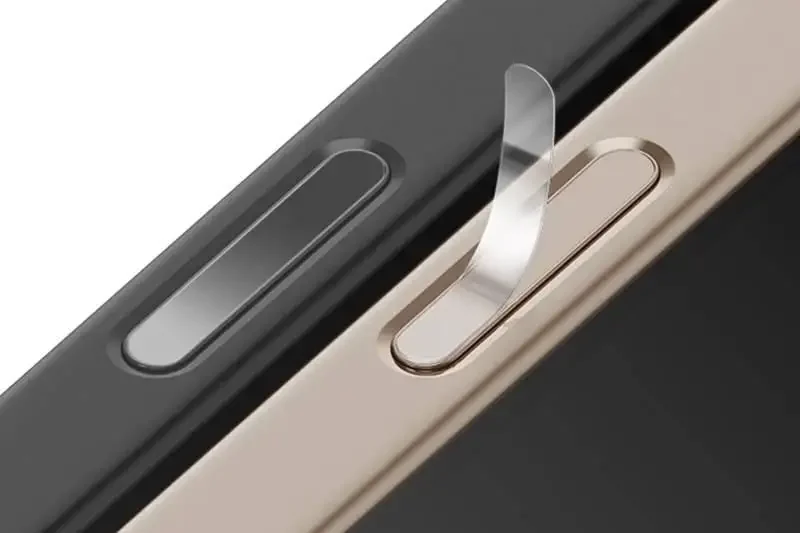
People’s ingenuity is limitless. After repeated attempts, everyone lost patience with this precious button and simply opted for the most practical solution—a phone case with an opening combined with a button protector.
In fact, users have even compiled comprehensive advice: to prevent any mishaps with the button, whether using an open-case or a full-cover case, it’s best to apply a button protector.
While phone case manufacturers face fierce competition, button protector vendors have become the biggest winners.
At this point, the market is in complete chaos.
In summary, there are currently four main options:
- Use a full-cover case to completely block the button, as if it doesn’t exist.
- Abandon the button’s half-press and touch functions, retaining only the mechanical click.
- Stick with an open-case design, pairing it with button protectors is also a good choice.
- Start a new round of capacitive phone case development, attempting to solve the issue of capacitive button case imprints by softening metal or using silicone wraps.
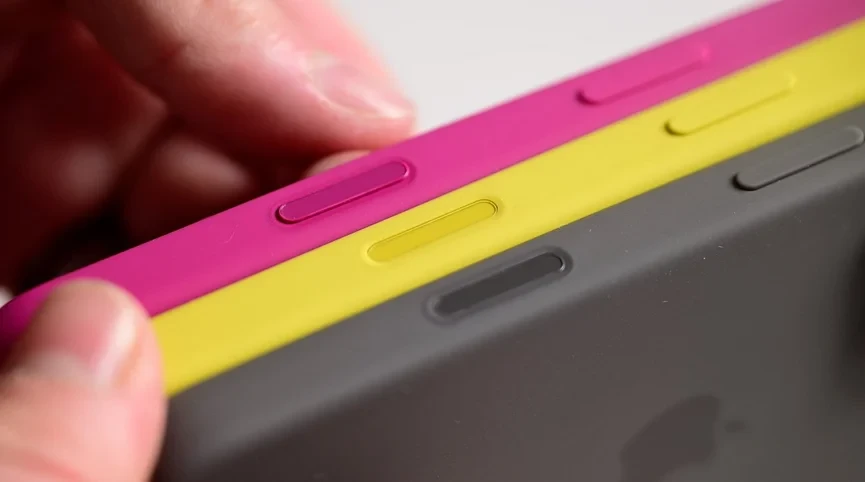
These solutions are all viable and have their supporters, but it’s important to note that full-cover is only temporary and not sustainable—this is related to the yet-to-be-realized AI.
According to tests by ifanr on Apple Intelligence, the only entry point for AI features related to vision is this troublesome camera control button. Insisting on full-cover means giving up this part of the functionality.
As the philosopher Nietzsche said:
“In the face of adversity, retreating only allows us to be chased by greater adversity.”
Ultimately, the trouble caused by this button is entirely due to Apple’s lazy design.
According to a teardown by Weibo blogger @Robin, the camera control button is tightly fixed by soldering the keycap to the inner metal backing. If damaged, it can only be destructively disassembled.
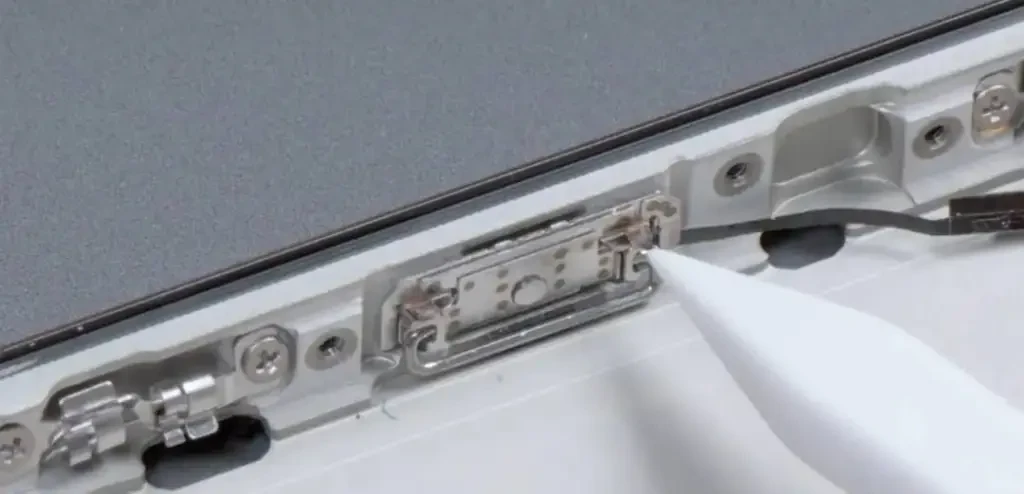
According to Apple’s official repair pricing, the out-of-warranty repair cost for this button is as high as approximately $601-834.
This button is affordable to use but costly to break.
In recent years, Apple has been helping users manage their attention to improve efficiency, introducing features like Focus Mode and automation. Its CEO, Tim Cook, emphasized in an interview:
“Apple’s ultimate goal is to help users focus more, rejecting very good ideas to make room for great ones.”
Currently, it seems that Apple, with this button integrated with various structures and technologies, is forcing iPhone 16 users to compress their “great ideas” in daily use, diverting some attention to Apple’s “very good idea,” which truly goes against the original intent.
Don’t say users are putting their phones on a pedestal; after all, taking care of one’s belongings is never wrong.
Source from ifanr
Disclaimer: The information set forth above is provided by ifanr.com, independently of Chovm.com. Chovm.com makes no representation and warranties as to the quality and reliability of the seller and products. Chovm.com expressly disclaims any liability for breaches pertaining to the copyright of content.





 Afrikaans
Afrikaans አማርኛ
አማርኛ العربية
العربية বাংলা
বাংলা Nederlands
Nederlands English
English Français
Français Deutsch
Deutsch हिन्दी
हिन्दी Bahasa Indonesia
Bahasa Indonesia Italiano
Italiano 日本語
日本語 한국어
한국어 Bahasa Melayu
Bahasa Melayu മലയാളം
മലയാളം پښتو
پښتو فارسی
فارسی Polski
Polski Português
Português Русский
Русский Español
Español Kiswahili
Kiswahili ไทย
ไทย Türkçe
Türkçe اردو
اردو Tiếng Việt
Tiếng Việt isiXhosa
isiXhosa Zulu
Zulu